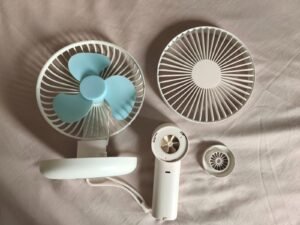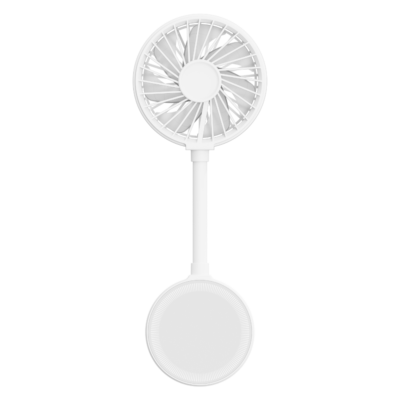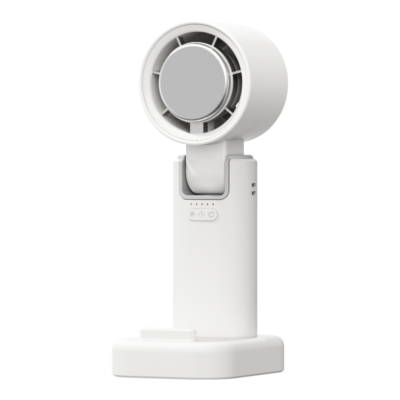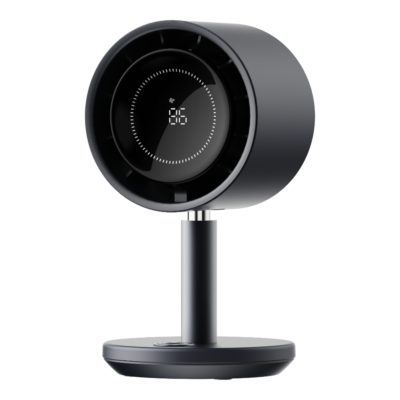The quest for a truly restful night can feel like an endless pursuit. Tossing, turning, battling fluctuating temperatures and the cacophony of the modern world, sound familiar? While a comfortable mattress and blackout curtains play their part, one often-overlooked hero in the sleep sanctuary is the humble fan. But not just any fan will do.
For optimal sleep, you need a fan that whispers rather than roars, provides a gentle caress of airflow, and perhaps even offers the soothing embrace of white noise. Let’s delve into what makes a fan the perfect bedtime companion.
More Than Just a Breeze: Choosing the Right Fan for Sleep Comfort
Imagine trying to drift off while being blasted by a gale-force wind. Uncomfortable, right? While cooling is a primary function of a fan, the way it delivers airflow is crucial for sleep comfort. Look for models with multiple speed settings, allowing you to fine-tune the breeze to your preference.
Air Circulator fans can be particularly beneficial, as they circulate air throughout the room, preventing stagnant spots and creating a more uniform and comfortable environment. Consider the fan’s design too, a sleek, low-profile model won’t just look better but might also create a less disruptive airflow pattern than a bulky, industrial-style fan.
The Magic of White Noise: Drowning Out Distractions
Noise is a common reason many people struggle to fall or stay asleep. A fan that rattles or makes irregular, harsh sounds can be especially disruptive, drawing your attention and keeping you awake. That’s why it’s important to choose a fan designed to operate quietly. Ideally, you’ll want a fan that operates below 30 dB, often described as a whisper.
On the other hand, not all sound is bad for sleep. Some fans produce a smooth, consistent hum, often referred to as white noise. Unlike jarring or uneven sounds, white noise is a steady blend of all audible frequencies at equal intensity. This sound can help mask background disturbances like traffic, neighbors, or snoring. It can also make it easier to fall asleep, promote deeper rest, and even help people with tinnitus by covering up ringing in the ears. Over time, the gentle hum of a quiet fan can become a comforting cue that tells your brain it’s time to sleep.
Fine-Tuning Your Sleep Environment: The Role of Fan Features
Specific features found in fans can further enhance their suitability for sleep. Oscillation is beneficial for circulating air evenly throughout the room, preventing stagnant air and creating a more comfortable environment. It also helps distribute the white noise effect. Multiple speed settings allow for customization of airflow and noise levels. Lower speeds often produce less noise, which is preferable for sleep, and some fans even have dedicated “sleep modes” with optimized low speeds. Timers offer the convenience of setting the fan to turn off after a certain period, which can be useful for those who only need it to fall asleep or to save energy.
Bedroom Cooling Tips for Enhanced Sleep
While a good fan can significantly improve airflow and comfort, maximizing its effectiveness involves a few smart bedroom cooling strategies:
- Strategic Placement: Position your fan to create a cross-breeze if possible. Opening a window and placing the fan opposite can help draw cooler outside air in and push warmer air out.
- Fan and air conditioner pairing: Use your fan together with an air conditioner for more efficient cooling. The fan helps circulate the cold air evenly throughout the room, allowing you to set the A/C at a slightly higher temperature while still feeling comfortably cool.
- Lightweight Bedding: Opt for breathable fabrics like cotton or linen for your sheets and blankets. These materials allow for better airflow and prevent you from overheating.
- Cool Down Before Bed: Take a lukewarm shower or bath before hitting the sheets. This can help lower your core body temperature, signaling to your body that it’s time to sleep.
Invest in a Quality Fan for Sleep and Wake Up Refreshed
A quality fan designed for sleep is more than just an appliance; it’s an investment in your well-being. By prioritizing quiet operation, comfortable airflow, and the potential benefits of white noise, you can transform your bedroom into a tranquil oasis conducive to deep, restorative sleep. So, ditch the noisy distractions and embrace the gentle breeze, your body (and your sleep schedule) will thank you for it.
Ready to upgrade your sleep setup? Explore the JustZan 360º Air Circulator Fan for just RM299/$98 and bring home the perfect blend of quiet comfort and smart design, made for better nights and fresher mornings. Limited-offer while stocks last!


























































